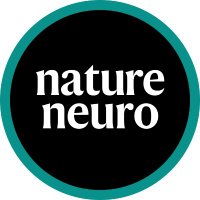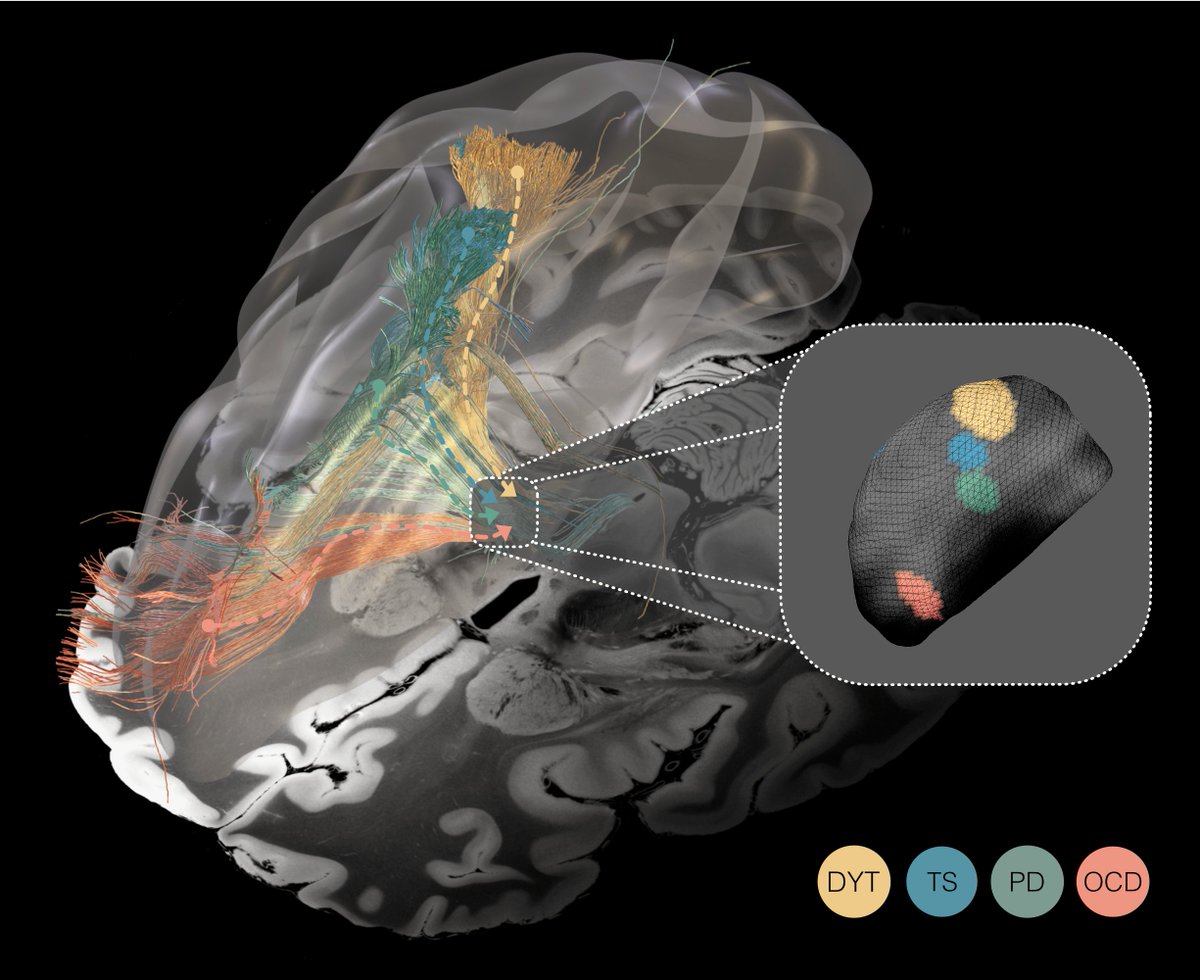
Alex James Major
@alexjamesmajor
Neuroscientist interested in neuromodulation of cognitive circuits
ID: 337858636
18-07-2011 18:00:13
35 Tweet
190 Takipçi
451 Takip Edilen


New paper! A universal pattern of brain wave frequencies. They are slower in deep cortical layers and faster in superficial layers. When something is this ubiquitous, you know it is doing something important. picower.mit.edu/news/study-rev… Work by Diego Mendoza-Halliday Alex James Major

New paper "A ubiquitous spectrolaminar motif of local field potential power across the primate cortex" published today at Nature Neuroscience! nature.com/articles/s4159… A collaborative effort with Earl K. Miller, Diego Mendoza-Halliday, Alex James Major, Robert Desimone, and others 1/n

A motif of local field potentials that maps onto the anatomical cortical layers across cortical areas, and may represent a ubiquitous layer- and frequency-based mechanism Diego Mendoza-Halliday Alex James Major Robert DeSimone Earl K. Miller André M. Bastos nature.com/articles/s4159…

Preprint 🚨Spearheaded by @rm_koehler and co-lead by John-Dylan Haynes. We trained invasive brain signal decoders to elucidate shared therapeutic effects of #dopamine and deep brain stimulation for self-initiated actions in #Parkinson's disease. doi.org/10.1101/2023.1… 1/n🧵



Intrigued to discover more about how DBS reveals & therapeutically impacts on the dysfunctional circuits behind different brain disorders, from OCD to dystonia? 🪄🧠 So were we! Join us on this deep dive from core to cortex – now out Nature Neuroscience: nature.com/articles/s4159… A 🧵






Yeah, we did. scientificamerican.com/article/scient… #neuroscience MIT Picower Institute McGovern Institute MIT Brain and Cognitive Sciences



This note from the 1st recipient of our new scholarship brought a tear to my eye. The Earl K. Miller First Generation Scholarship is given to 1st generation college students at Kent State University. You can contribute. Contact: kent.edu/philanthropy Kent State






